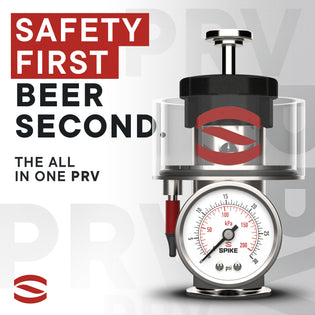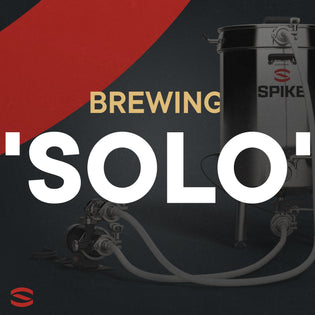
When dry hopping, attention should be paid to the temperature at which you will be adding dry hops as well as the temperature your beer will be aging with them. Dry hop temperature will affect the overall flavor and aroma in finished beer. I have dry hopped at many different temperatures and experienced a wide range of results.
Today I will discuss my own personal experiences with dry hopping and temperature. By varying your temperature in the dry hop process, you truly can tailor a beer to your own particular style and goals for a recipe.
60°F or Higher
I prefer to dry hop at ale ferment temperature. When dry hopping at this temperature range I feel like you will more efficiently utilize the dry hops and obtain maximum flavor from them. Additionally, the aroma and flavor I achieve at these temperatures is much preferred for the recipes I brew and the goals I have for these beers. I prefer an emphasis on fruity, tropical, and citrus notes in my hoppy Pale/IPA style beers, and that is the focus of the aroma and flavor I achieve at this temperature range.
By varying your temperature in dry hop process, you truly can tailor a beer to your own particular style and goals for a recipe.
50°F - 60°F
Dry hop temperature range is a little different than warmer dry hopping, and in some ways can help brewers age their beers more gracefully. Dry hopping in this temperature range can provide a balance bringing out some of the fruity and citrus notes while simultaneously bringing in some of the grassy and woody notes from the hops. Since you are below Ale ferment temperature in this range, yeast flavors, potentially off flavors, are more limited when dry hopping just a little cooler. Depending on your yeast health management protocol this may be an advantage for some home brewers.
Below 50°F
In general, when you dry hop below 50°F, the hop flavors you will obtain will be more grassy, woody, or vegetal than the warmer temperature dry hop temperatures. In particular, this will occur if you leave a bag of hops dry hopping in a cold keg for a long time. I generally do not prefer this temperature range as I strive to limit these flavors in my beers, but some brewers want these notes in their hoppy beers and if you are one of those brewers, then this temperature range can help you achieve these notes in your beer.
Regardless of dry hop temperature, when you are finished dry hopping you should look to separate your beer from the hops. In general, a lot of hops is not advantageous to yeast health and separating will help you keep yeast autolysis to a minimum. Also, if you cool a warm, dry hopped beer, then let it age cold on the hops and you will gradually leach the woody grassy flavors that you tried to avoid in the first place.
Cheers!
Blaze Ruud
Director of Key Accounts and Brewing Innovation - YCH Hops












